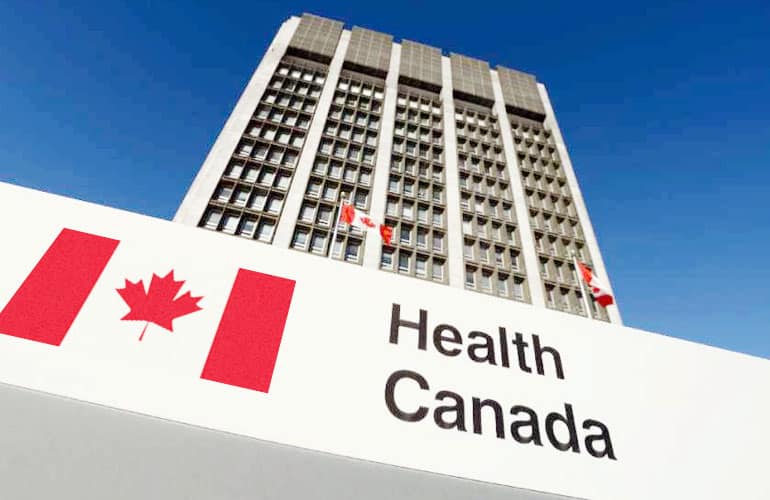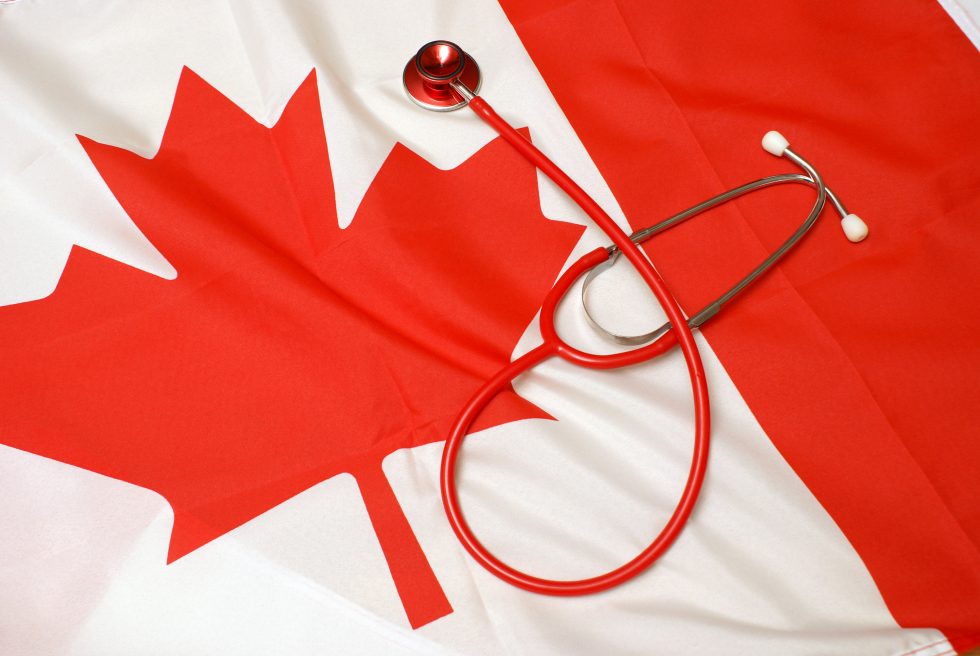Health Canada, the Canadian regulating authority in the sphere of medical devices, has published a guidance document describing the most important aspects related to the medical device establishment license (MDEL), special permission necessary to carry out the regulated types of activities related to the medical devices. The document provides an overview of the general regulatory requirements and highlights key points to consider when applying for the license.

MDEL Application Process: an Overview
According to the present Health Canada guidance, the process of applying for a medical device establishment license comprises of the following steps:
1. Receiving the initial application by the regulating authority.
2. Checking the application in terms of its completeness. Should the authority identify any deficiencies, it will inform the applicant accordingly and indicate the timeline for fixing them.
3. Issuance of the appropriate invoice to be paid by the applicant. Under the general rule, the applicant shall pay the fees communicated by the authority within 30 days from the date the invoice is issued.
4. Receipt of the payment that commences the review of the application.
5. Rigorous evaluation of the activities the applicant intends to carry out.
6. Making a decision with regard to the granting of a license.
The authority states that the whole process described above could take up to 120 days from the date the initial application for a medical device establishment license is submitted by the applicant.

Application Process Step by Step
The document further describes each step of the process the applicant should follow to apply for and obtain a medical device establishment license in Canada.
As the very first step, the MDEL Application Form (FRM-0292) should be completed. The form shall contain the following details:
- Name and address of the applicant entity,
- Name, position, and contact details of its authorized person,
- A statement regarding the particular activities an establishment intends to perform (e.g., importing or distributing, or manufacturing Class I medical devices),
- Details about the manufacturers of all the products the applicant intends to import and distribute (the authority additionally emphasizes that the “manufacturer” refers to the initial manufacturer of a medical device indicated in the labeling thereof),
- Classes under the applicable risk-based classification for all medical devices,
- An attestation signed by a senior officer confirming that the appropriate procedures are duly implemented,
- The physical address of all the premises that will be used to conduct the activity.
Health Canada also provides additional clarifications regarding the procedures to be in place depending on the particular type of activity the applicant entity intends to perform, namely:
- For importers, the procedures should include complaint handling, recalls, and maintenance of distribution records, and mandatory problem reporting. In the case of higher risk medical devices (Class II, III, or IV) it is also necessary to provide such confirmation regarding the procedures describing all operations with medical devices, including their storing, installing, and servicing.
- In the case of distributors, the procedures should cover complaint handling, recalls, and maintenance of distribution records, plus all the operations with higher-risk medical devices as described above.
- The list of the procedures required for manufacturers of Class I medical devices is the same as for importers and includes complaint handling, recalls, and maintenance of distribution records, and mandatory problem reporting.
The authority mentions that the aforementioned written procedures would be subject to verification in the course of the appropriate inspection. Should the authority identify that there is no written procedure in place, it will treat this as a “false attestation.” In such a case, a medical device establishment license could be suspended.
The list of sites should include at least one where the documented procedures described above are stored. If the site is not the same legal entity as the applicant, the latter will be solely responsible for ensuring that the entity operating the site has all necessary procedures in place and that they are duly implemented. The sites listed in the application should be located in the same country as the applicant entity. The authority emphasizes the importance of physical presence – P.O. Boxes cannot be indicated as sites. Additionally, it is not allowed to indicate medical device manufacturers.
As the next step, the interested entity shall send the completed MDEL application form to the appropriate email address. If some of the documents must be submitted via regular mail, the applicant shall include a copy of the initial email request as a cover letter for the paper submission.

Application Review
The present guidance also describes in detail the way the authority will review the application submitted. As mentioned, the entire process can take up to 120 calendar days from the date Health Canada receives the complete application. This timeline applies to both new applications and Annual Licence Review (ALR) applications.
Once the application is submitted, the regulating authority will start with checking it using the following criteria:
- Application file is not corrupt,
- Application file is not password protected,
- All relevant sections of the application form are complete and signed,
- Presence of all indicated documents/emails,
- Verification/confirmation of changes requested.
Should the submitted application be found complete, the authority will inform the applicant accordingly and issue the appropriate invoice. The applicant shall pay the invoice within 30 calendar days. Should the applicant fail to pay the invoice within the specified period of time, the authority will suspend further processing of the application. It is also important to mention that any suspension stops the calculation of the aforementioned 120 day period. For example, if the authority identifies certain deficiencies preventing it from further review of the application. The authority also reserves the right to contact the applicant entity via email to request additional information.
A “deficiency,” as mentioned above, refers to any issue that prevents the application from meeting the regulatory requirements. In such a case, the applicant will have 30 business days to provide a response (to provide information or submit the documentation that is still missing). If the applicant fails to take necessary actions after receiving the first notice, the authority will provide the second one with the same 30 business day period. Should the applicant fail to comply with the applicable regulatory requirements within this additional period, the application will be rejected.
The guidance also describes cases in which the applicant may contact the regulating authority in order to clarify the current status of the application submitted. In particular, this applies in the following cases:
- There was no response from the authority after 30 days from the day the initial application was submitted,
- There is no decision taken after 120 calendar days.
Should the applicant meet all the regulatory requirements, the authority will render a positive decision and issue a medical device establishment license.
In summary, the present Health Canada guidance describes in detail the process of applying for a medical device establishment license in Canada. In particular, the document outlines the scope of information to be included in the application and also provides additional clarifications regarding the process in general.
Sources:
How Can RegDesk Help?
RegDesk is a next-generation web-based software for medical device and IVD companies. Our cutting-edge platform uses machine learning to provide regulatory intelligence, application preparation, submission, and approvals management globally. Our clients also have access to our network of over 4000 compliance experts worldwide to obtain verification on critical questions. Applications that normally take 6 months to prepare can now be prepared within 6 days using RegDesk Dash(TM). Global expansion has never been this simple.

